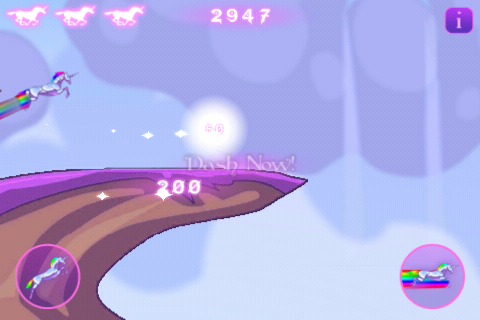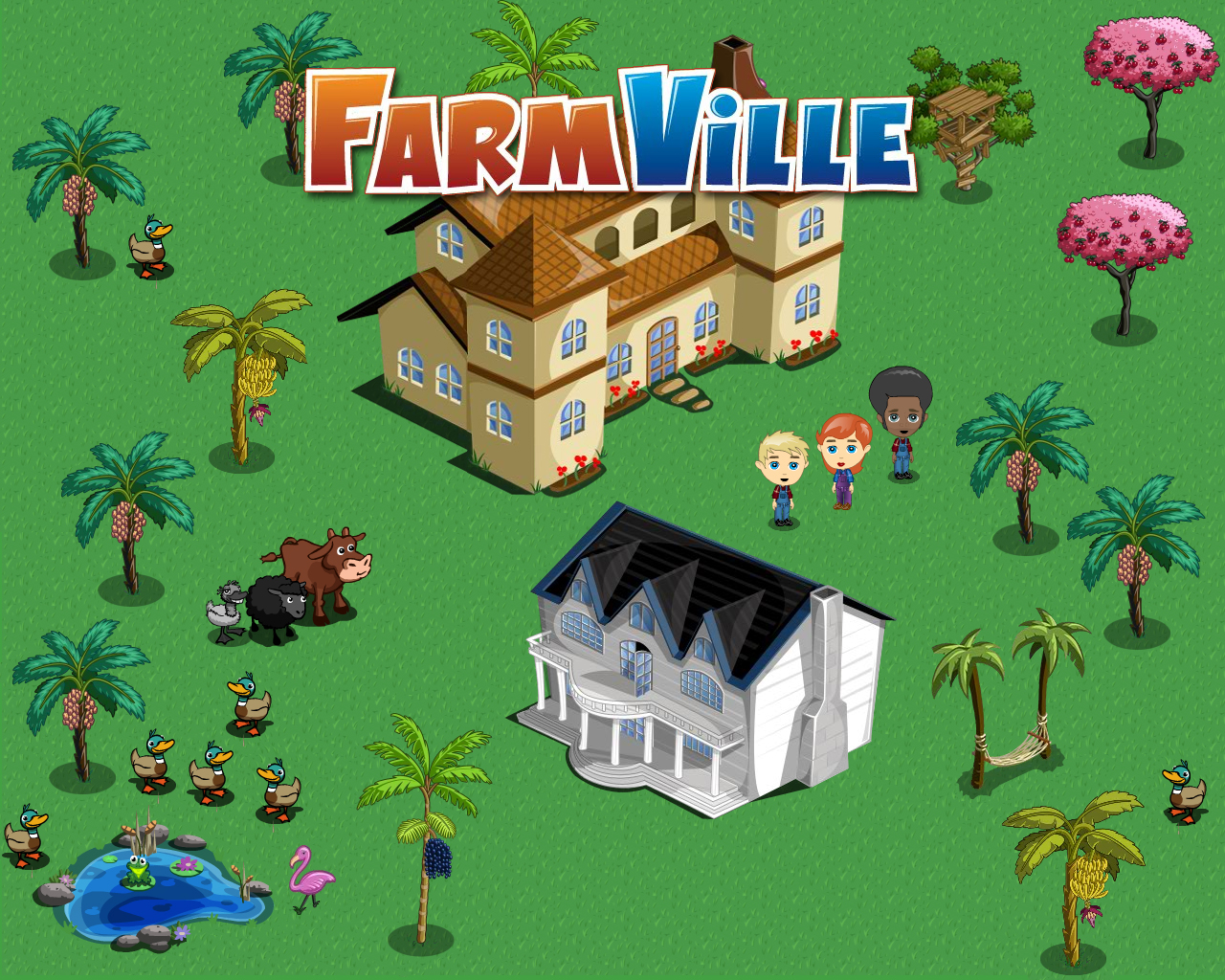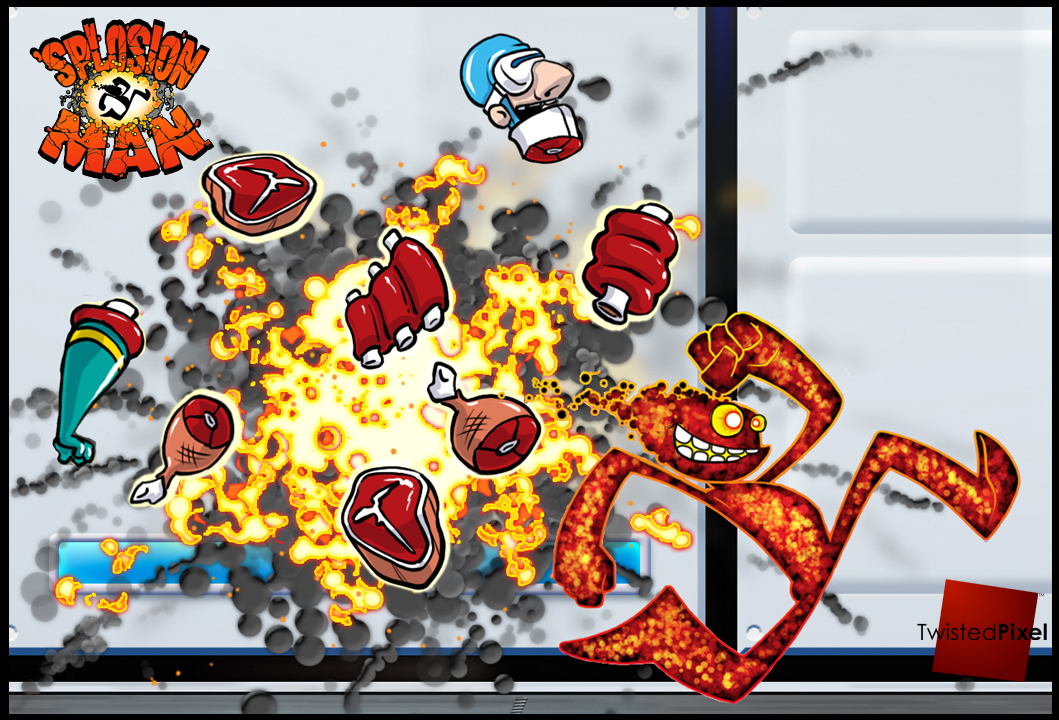The Saboteur is an open-world action adventure game set in the Nazi-occupied Paris of World War II. It was released late last year to mixed reviews and lackluster sales under the shadow of Assassin’s Creed II and the dozens of other holiday releases that had actual marketing budgets. Some players say it’s unfinished and buggy, which is pretty much on the mark – Pandemic was shut down before the game’s launch, so it went out the door without the extra layer of polish that makes good games great. I picked it up with low expectations, and came away 60 hours later thoroughly impressed. Players willing to look beyond the problems can still find a satisfying experience inside – not to say they should because it has a lot of problems, but it shouldn’t be completely dismissed either. It’s a good candidate for a deconstruction because the unpolished mechanics strewn throughout the game are representative of amazing ideas that remain unexplored by other open world games. The Saboteur Developer: Pandemic Studios Publisher: Electronic Arts Genre: Open World / Stealth Action Metacritic: 72 Price: $59.99 on release, $19.99 at the time of writing The bulk of Saboteur’s gameplay consists of destroying targets that weaken the Nazi presence in the city such as observation towers, armored vehicles, and artillery encampments. The sheer number of targets around the city is unprecedented – looking at a map of them at the beginning is nothing short of intimidating. Some players might be turned off by the breadth of things to do, but it reinforces the setting by making the French Resistance feel smaller than any sort of dialog could. Story missions are strewn throughout the game and do everything you’d expect in an open world game. They’ll take place in one-off, linear levels, but most of the time they’re just about navigating from point A to point B on the world map, occasionally blowing something up along the way. There’s nothing particularly bad about this system, but nothing great either. The defining characteristic of Saboteur is its stealth gameplay. Players are tasked with sneaking into bases and planting bombs over and over again. It’s a...
Read MoreGame Deconstruction: APB
If you work in the games industry, you’re probably already somewhat familiar with APB. It’s known as the hundred million dollar bust that sank Realtime Worlds, and it’s easily the biggest failure story in MMO history. It was almost universally panned by critics, and most gamers stayed far away from it. But you might also remember a time when the game was the one of the most anticipated titles around – back when it was revealed at GDC 2008, in a presentation by GTA creator and RTW CEO Dave Jones. That presentation happened to be the first talk I ever attended at a GDC, and it left an impression on me. I remember the entire room erupting with applause and cheers every time they showed a new feature in the character customization system. I remember the people around me instantly calling it a “WoW killer.” Then it suddenly disappeared from the media, and we heard almost nothing about it in the two years between that talk and its release. I’m not an MMO fan, but I really looked forward to APB. I was working at Visceral Games when it came out this summer, and everyone in the office was shocked by the beating it took on Metacritic. We all wanted to play it to see the damage for ourselves, but due to the reviews none of us wanted to actually buy it. The cycle of doubt fixed itself when my lead presented me with a copy of APB as a going away present on my last day of work. I played it, analyzed it, and tried to come up with some insights that can be gained from it. APB: All Points Bulletin Developer: Realtime Worlds Publisher: Electronic Arts Genre: Shooter / MMO Metacritic: 58 Price: $49.99 Subscription: $7/20hrs or $10/month Background APB is the first (and last) MMO by Crackdown developer Realtime Worlds. It places players in the city of San Paro, a modern metropolis where criminals roam the streets and everyday citizens have been given the go to bring them to justice. Players can choose which side to align with – “enforcers” or “criminals” – and do their...
Read MoreGame Deconstruction: Robot Unicorn Attack
Open your eyes, I see. Your eyes are open. Wear no disguise for me, come into the open. When it’s cold (when it’s cold), outside (outside), am I here in vain? Hold on, to the night, there will be no shame. When I was trying to decide which game to deconstruct next, I listed the games I’ve been playing the most recently. Then I pulled out my phone to send a text message and Robot Unicorn Attack stared back at me. I stopped playing just long enough to write this article. Robot Unicorn Attack Developer: Adult Swim Games Platform: Browser (link) / iPhone Genre: Imaginary Metacritic: N/A Price: Free / $2.99 (iPhone) Robot Unicorn Attack is a completely unoriginal game that managed to be better than its source material in just about every way. It clearly followed the example of indie darling Cannabalt, which is still a great game on its own. Whereas Cannabalt’s audience was limited to the hardcore gaming community, Robot Unicorn Attack made the gameplay more complex and found a much larger audience (over 27 million players according to the developer). It’s a rare failure of the K.I.S.S. principle. What’s so magical about this game? Gameplay The objective of Robot Unicorn Attack is to live as long as possible. The game instructs the player to “make your wishes come true” at the beginning of each round, with the subsequent reminder that “you will die.” The core gameplay consists of jumping, double jumping, and dashing from across floating platforms as the unicorn automatically runs to the right. The player’s score increases at a rate that grows every 5,000 points, and additional points can be earned by running into fairies or dashing through star-shaped rocks. The wish ends in a fiery explosion when the player runs into a wall, falls off the map, or hits a star without dashing. The two button gameplay (jumping or dashing) is deceivingly deep. The player’s success or failure depends on the timing of each jump or knowing when to double jump over an obstacle versus dash under it. The game’s increasing speed makes reacting to each obstacle even more difficult. The camera can be problematic,...
Read MoreGame Deconstruction: PixelJunk Shooter
Back in August, I committed to doing one decon per month. It only took two months for me to fall off track. Now I have to play catch up…but better late than never, right? This month I take a look at another downloadable title, this time for the PlayStation 3. I briefly played PixelJunk Shooter at E3, and although I was impressed with its visual style and ease of use, I didn’t know how long the game would be able to keep my attention with its simple mechanics. I picked it up based on the developer’s reputation for quality, and although it was a bit on the short side, it does a lot of things very well. PixelJunk Shooter Developer: Q Games Genre: Shooter / Puzzle Metacritic: 86 Price: $9.99 Length: 4-6 hours Background PixelJunk Shooter is the fourth entry in the Q Games’ PixelJunk series of PSN titles, following most recently the critically acclaimed PixelJunk Eden. It follows suit with the series’ reputation for high production value and polish. On the surface, the game isn’t very special – it’s a space-cavern exploration adventure along the lines of Subterrania for the Sega Genesis (I feel like this dates me), but its puzzle design is so innovative that it creates a very fresh experience. Its difficulty stems from its fluid-based physics puzzles, all of which force the player to think carefully about every move. The game isn’t particularly difficult, but it’s extremely clever. Gameplay Shooter consists of three worlds that have roughly five levels each. Each level is broken up into a handful of areas where a handful of crew members from the ERS Piñita Colada have been stranded. The player is tasked with rescuing all of the survivors in each area, without letting more than five die during the course of a level. All survivors must be rescued or killed (no one gets left behind) before access to the next area until the the final area is reached, where an escape gate opens to leave the level. The player cannot backtrack to areas they have completed without replaying the entire level. In the final area of each world, the...
Read MoreGame Deconstruction: FarmVille
“FarmVille? That stupid Facebook game that clutters my news feed all the time with random messages about lost pigs and ugly ducklings? Really?” When I decided I was going to do these deconstructions, Facebook games were the last thing on my mind. This time last month, I had never even played a Facebook game. I thought the very concept of Facebook games was backwards – I have Steam to play games on my computer, after all. Facebook should be strictly for staying in touch with friends. But after hearing that FarmVille has over 11 million active users on a daily basis – even more than World of Warcraft – I figured that there must be something about the game that the average Facebook user finds attractive. And in always trying to expand my knowledge of games, I finally gave in and started playing. FarmVille Developer: Zynga Genre: Simulation Metacritic: N/A Price: Free / Optional Microtransactions Length: Indeterminate Background FarmVille is Zynga’s answer to Farmtown, another popular farm simulator for social networks. Gameplay FarmVille is designed to be played in short segments of five to ten minutes every day. It’s a never-ending cycle of planting crops, waiting for crops to grow in real-time overnight or throughout the day, and then harvesting the crops before they whither. The objective of the game is highly open-ended, but players can progress by gaining experience points and “leveling up.” Each level unlocks a new set of crops for players to plant worth more than the previous ones. The game uses two types of currency: “coins” and “farm cash.” Players earn coins by planting and harvesting crops, but farm cash is much harder to come by. To get more than one farm dollar per day, a player has to spend real money through Zynga’s payment system. In the in-game marketplace, some things can only be bought with coins, some things can only be bought with farm cash, and others can be bought with either. Players can also earn “ribbons” (achievements) that reward them with coins, experience points, and gifts. There are four tiers for each ribbon, each more demanding than the previous. For example, the...
Read MoreGame Deconstruction: ‘Splosion Man
Here’s a concept I picked up from my room mates over the summer who interned at Pandemic Studios. Every week, one member of the team would pick a game and give a presentation on its strengths and weaknesses. There’s a lot to be learned about design by paying attention to the details that many players may overlook at first glance. As a personal experiment, I’m challenging myself to do one “game decon” every month for the next year. It’s one way I think I can work to make myself a better designer while providing some interesting reading material. I’ll try to not just pick “good” games, but this week I’ll start with one of my recent favorites… ‘Splosion Man Developer: Twisted Pixel Genre: Platformer Metacritic: 85 Price: 800 Microsoft Moon Dollars ($10 USD) Length: 4-10 hours Background ‘Splosion Man was conceived by Twisted Pixel’s lead designer, Sean Riley, as a game about “a guy who splodes in a world only made of glass.” The team started production in the middle of developing The Maw, their first original title. The game puts the player in control of a strange man-creature who “splodes” all the time without explanation. The game is controlled with the joystick and one button (which makes the character explode). The game’s plot is nearly non-existent, but the little story it offers is derived from its setting in the labs of the evil “Big Science” corporation. I’ve always been a sucker for good XBLA games, but ‘Splosion Man might be the best yet. I’ve told a few people that I think it’s the best game since Portal. After finishing up the single player game and getting about halfway through the co-op, I still feel like it’s at least the most satisfying gameplay experience since exploring Aperture Science. Both games take place in laboratories, and both games showcase cake as the ultimate object of desire. Twisted Pixel makes the homage obvious. Gameplay ‘Splosion Man features 50 single player levels, 50 co-op levels, and 3 boss battles. The core goal of the game is to use timing and skill to cross obstacles and reach the safe room at the end...
Read More

